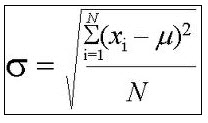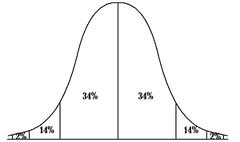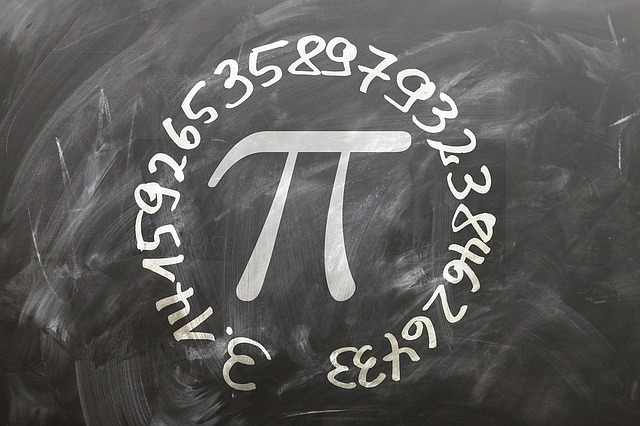Unpooled Standard Error Calculator
Instructions : This calculator computes the unpooled standard error between two sample means, for two given sample standard deviations \(s_1\) and \(s_2\), with corresponding sample sizes \(n_1\) and \(n_2\). Please type the required data in the form below
How to Compute the Unpooled Standard Error
An unpooled standard error is an estimate of population standard error for the difference between two sample means from two sample variances, when it is assumed that the two samples come from populations with different population standard deviations. In that situation, the standard error is computed by using the following formula
\[ s_e = \sqrt{\frac{s_1^2}{n_1} +\frac{s_2^2}{n_2} }\]Example: Assume that we have two samples. The first sample has a standard deviation of $s_1=13$, with a sample size of $n_1 = 25$, and the second sample has a standard deviation of $s_2 = 18$, with a sample size of $n_2 = 36$. The standard error of the difference between the sample means is:
\[ s_e = \sqrt{\frac{s_1^2}{n_1} +\frac{s_2^2}{n_2} } = \sqrt{\frac{13^2}{25} +\frac{18^2}{36} } = 3.969887 \]For a t-test calculator (where the idea of unpooled standard error is), check this calculator. Also, when the population variances are equal, the right method is to pool the variances, in which case you need to use this pooled variance calculator .




